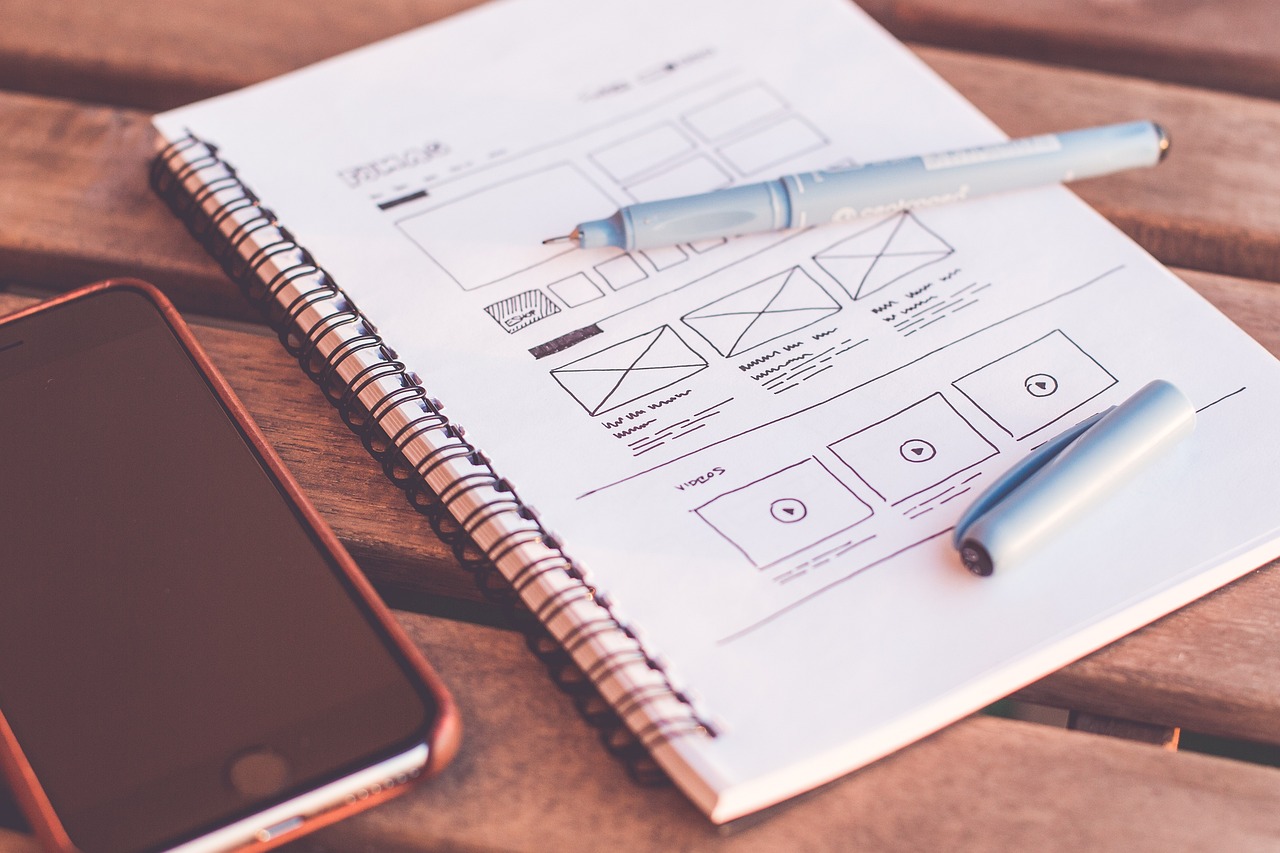In today's digital landscape, creating a practical business intelligence (BI) platform requires more than just advanced features and robust data-handling capabilities. It demands a deep understanding of the end-users—their needs, goals, and challenges. This is where the concept of business user personas becomes essential. For WebFOCUS, a comprehensive and flexible BI and analytics platform, leveraging business user personas is crucial to ensure the tool meets the diverse needs of its users.
Understanding Business User Personas
A business user persona is a semi-fictional representation of a segment of users within an organization. These personas are developed based on user research and accurate data about the users, including their behaviour patterns, motivations, goals, and challenges. By creating detailed personas, organizations can gain insights into the different types of users who will interact with their BI platform, ensuring that the design and functionality align with their specific needs.
The Role of Business User Personas in WebFOCUS
1. Enhanced User Experience
WebFOCUS aims to provide a seamless user experience, enabling users to easily access, analyze, and visualize data. By developing business user personas, the design and development teams can tailor the interface and features to meet the distinct needs of each user group. For instance, a persona representing a financial analyst might prioritize advanced data visualization tools and detailed financial reports. In contrast, a persona for a sales manager might focus on quick access to sales metrics and customizable dashboards.
2. Targeted Functionality
Different users have varying requirements from a BI platform. Business user personas help identify these unique needs, allowing WebFOCUS to offer targeted functionality. For example, an IT administrator persona might need robust data governance and security features, while a business executive persona might need high-level insights and automated reporting. By catering to these specific needs, WebFOCUS can ensure higher user satisfaction and adoption rates.
3. Improved Communication and Marketing
Creating business user personas helps WebFOCUS' marketing and sales teams communicate more effectively with potential clients. Understanding the pain points and goals of each persona allows for more personalized and relevant messaging, increasing the likelihood of engagement. It also aids in demonstrating the value of WebFOCUS to different organizational stakeholders, showcasing how the platform can address their unique challenges.
4. Informed Product Development
Product development teams benefit significantly from business user personas. These personas provide a clear roadmap for prioritizing features and improvements based on actual user needs. For WebFOCUS, this means focusing on developing tools and functionalities that offer the most value to its diverse user base, which includes data scientists and analysts as well as business executives and IT professionals.
5. Increased User Adoption and Retention
When users find that a BI platform like WebFOCUS meets their specific needs and aligns with their workflows, they are more likely to adopt and consistently use the platform. Business user personas ensure the platform is intuitive and valuable for each user group, fostering higher adoption rates and long-term user retention. Satisfied users are also more likely to advocate for the platform within their organization, driving further growth and engagement.
Importance of Business User Personas for WebFOCUS
The importance of business user personas for WebFOCUS cannot be overstated. Here are a few key reasons why:
1. User-Centric Design
Personas ensure that WebFOCUS's design and functionality are centered around the actual users, leading to a more intuitive and efficient user experience.
2. Strategic Decision Making
Personas provide insights that inform strategic decisions in product development, marketing, and customer support, ensuring that resources are allocated effectively.
3. Competitive Advantage
By thoroughly understanding and addressing the needs of different user groups, WebFOCUS can differentiate itself from competitors, offering a more tailored and effective BI solution.
4. Enhanced Collaboration
Personas facilitate better communication and collaboration among cross-functional teams, ensuring that everyone is aligned on user needs and priorities.
5. Long-Term Success
Ultimately, business user personas contribute to the long-term success of WebFOCUS by ensuring that the platform evolves in line with user needs and market trends, maintaining its relevance and value.
Conclusion
Incorporating business user personas into the development and marketing strategies of WebFOCUS is essential for delivering a BI platform that genuinely meets the diverse needs of its users. WebFOCUS can enhance user experience, drive adoption and retention, and maintain a competitive edge in the BI market by understanding and addressing the specific requirements of different user groups. As organizations continue to rely on data-driven insights for decision-making, the role of user personas in shaping effective BI solutions will only grow in importance.





